CHURCHES
Historical origins of the village of Chianni
The village of Chianni was contested from the Lombard era onwards (600 AD), for its strategic position dominating the surrounding valleys, but it was in the Middle Ages that it reached its maximum splendor, with the erection of a Castle, placed on the border between the Republic of Pisa and the Bishopric of Volterra.
Pisa and Volterra contested the dominion over the castle, until 1406, when following a battle, it formally submitted to the dominion of the Medici Florence.
Included in the feudal system of the Florentine Republic, which imposed a different territorial structure on the Pisan hills, Chianni was assigned, with the title of Marquisate, to the Riccardi family of Florence, by whom it was held until 1738.
The permanence of the feudal system is found in the compact building structure, crossed by narrow streets , overlooked by buildings of three or four floors, with a narrow front on the street and with traces of older buildings, often of the tower type .
| CHURCH MASS SCHEDULE | ||
| JULY | Sunday 21st 11:30 am | S. Mass at the Church of the Madonna |
| AUGUST | Thursday 1st 18:00 pm | S. Mass at the cemetery |
| Wednesday 7th 11:30 am | S.Mass Church di San Donato Patron of the Parish of Chianni | |
| Thursday 8th 18:00 pm | S. Mass in the Mercatale Church | |
| Thursday 15th 11:30 am | S. Mass dell’Assunta The Church of the Madonna | |
| Thursday 22nd 17:30 pm | Eucharistic adoration And S. Mass Church S.Donato | |
| SEPTEMBER | Thursday 5th 18:00 pm | S. Mass at the cemetery |
| Sunday 8th 11:30 am | Nativity of Blessed Virgin Celebration of the S. Mass at the Church of the Madonna | |
| Thursday 12th 17:30 pm | Eucharistic adoration And S. Mass Church S.Donato | |
| Saturday 28th 15:30 pm | Marriage. maintained mass of Saturday | |
Church of San Donato
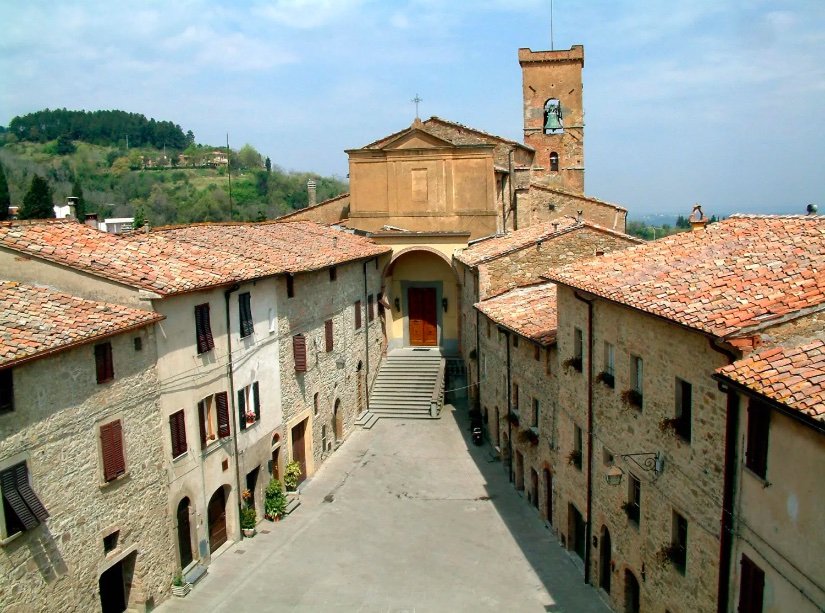
The oldest and best known is certainly the Church of San Donato, whose bell tower stands at the highest point of the town and seems to “dialogue” with the other small country parish churches with the ringing of bells.
Giovanni Mariti , scientist, antiquarian, scholar and historian of the 18th century, with his work “Odeporico” (itinerary through the Pisan hills), fits into the 18th century tradition of travel writers, according to the spirit of the Enlightenment, for which the man of culture focuses on the concrete reality of the society in which he lives, nature and the work of man.
On 8 August 1788 Mariti visited Chianni and its castle, reconstructing, thanks to the parish priest of the time, the historical traces that led to its construction. The oldest mention of the church of San Donato dates back to 8 May 1275, when it is cited in a document from the bishop of Volterra. In ancient times the Church of the community of Chianni (Castrum Clani, its original name), was an ancient parish church located in the countryside, outside the castle walls, because it had to serve the populations of the countryside. The parish church probably ended up being demolished and plundered, until it was completely destroyed, and the title of Pieve was transferred to the church of the most important Castle of the ancient parish. The church is located at the highest point of the town and is placed on a high rocky base, so much so that to reach it it is necessary to climb several steps. The building was completely rebuilt in 1812 , obtaining the apse in a tower of the castle and enlarging the pre-existing church.
The interior has a single nave with four chapels. In the center of the apse stands the majestic high altar, dating back to the end of the seventeenth century, made of precious Carrara policromi marble and arrived in 1812 from the destroyed collegiate church of San Pietro (Massa). On the sides, two statues of Saints Peter and Paul from the first half of the eighteenth century.
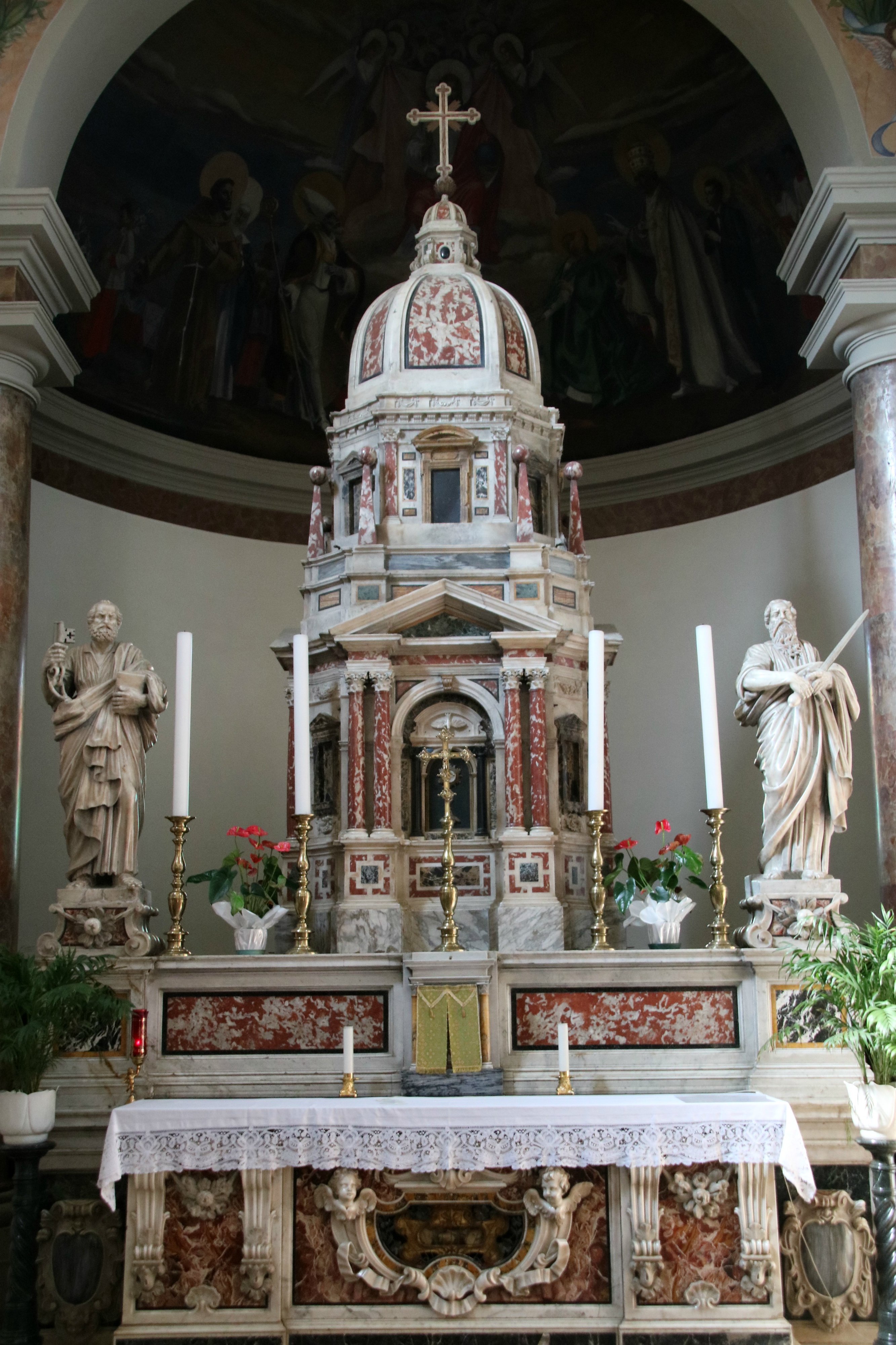
Where the baptistery originally stood, a door was opened, through which it was possible to access the old cemetery. The bell tower is the one that Mariti also observed, “square, with a public clock that strikes the hours” leaning against the eastern side of the church. The clock was positioned on the bell tower until the 1940s, then it was decommissioned. The wonderful ancient bells still mark the hours and the salient moments of the day: the ringing of the bell at midday served to mark the middle of the day, “the hour of night”, at dusk, marked the end of the working day and called the farmers from the countryside. The apse basin is frescoed by Antonio Gaioni , (1964) Christ among the saints Donato, Maura, Francesco, Caterina, Lino, Domenico. The altar boys in the fresco bear the faces of the children of Chianni who actually served mass at that time.
In a chapel, to the left of the altar, is the Holy Family by Giovanni Battista Tempesti , a leading exponent of Baroque and Rococo art.
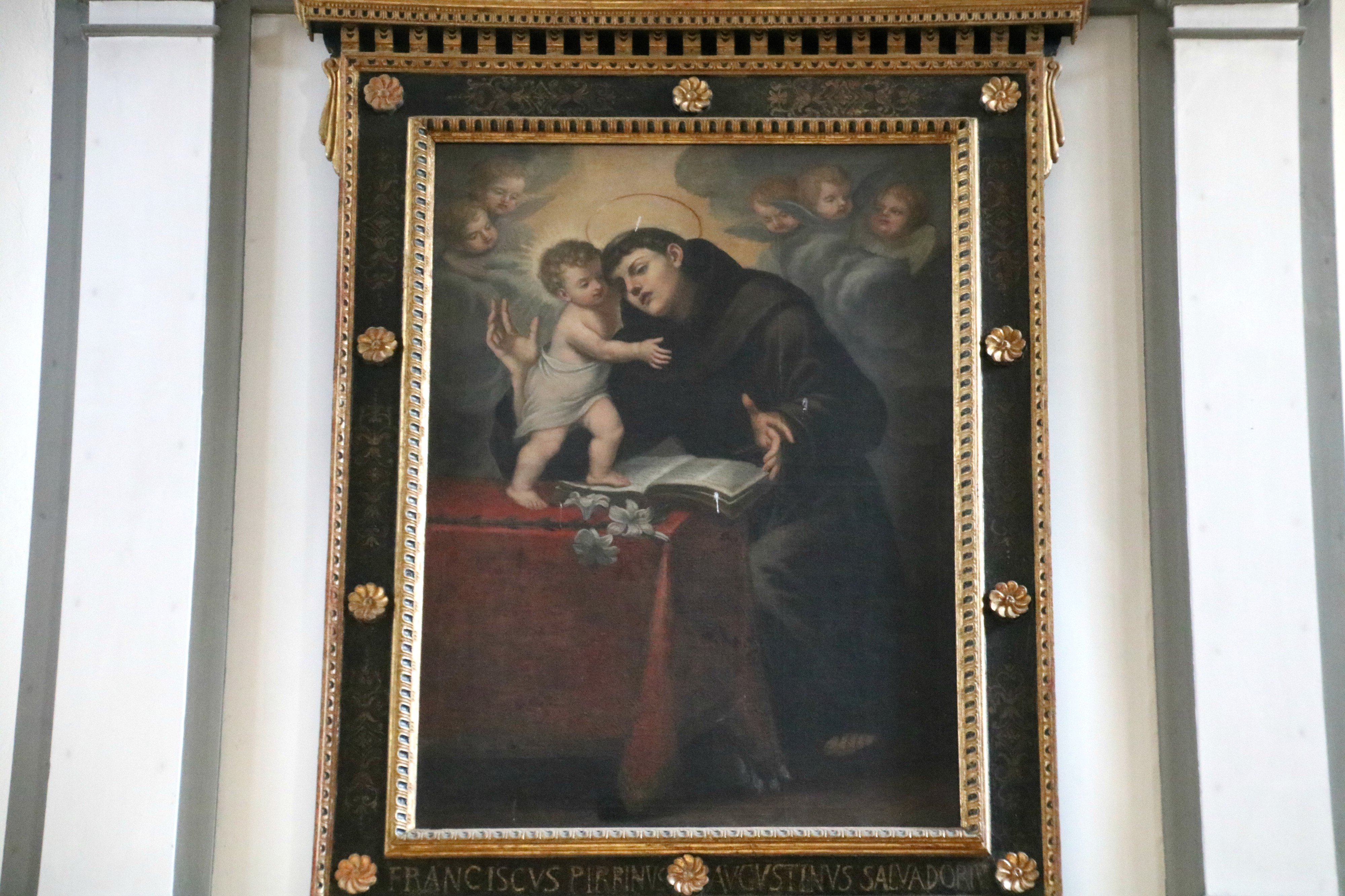
In the chapel to the right of the altar, it is possible to admire the Madonna del Rosario, attributed to Aurelio Lomi .
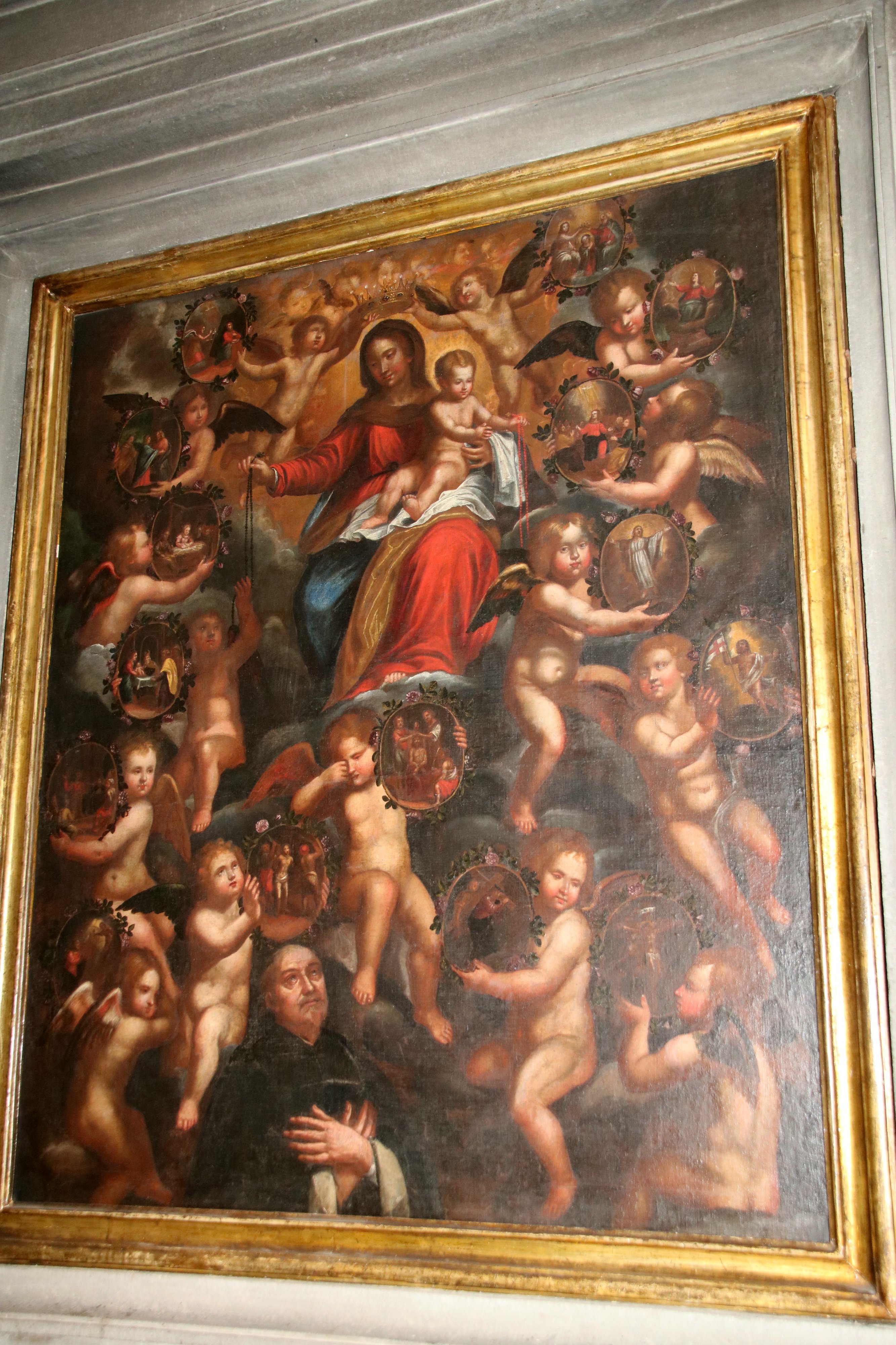
On the façade, the choir with Saint Anthony in the centre adoring the Baby Jesus, attributed to Ventura Salimbeni .
In 1991 the walls were further enriched with frescoes by the painter Enrico Fornaini.
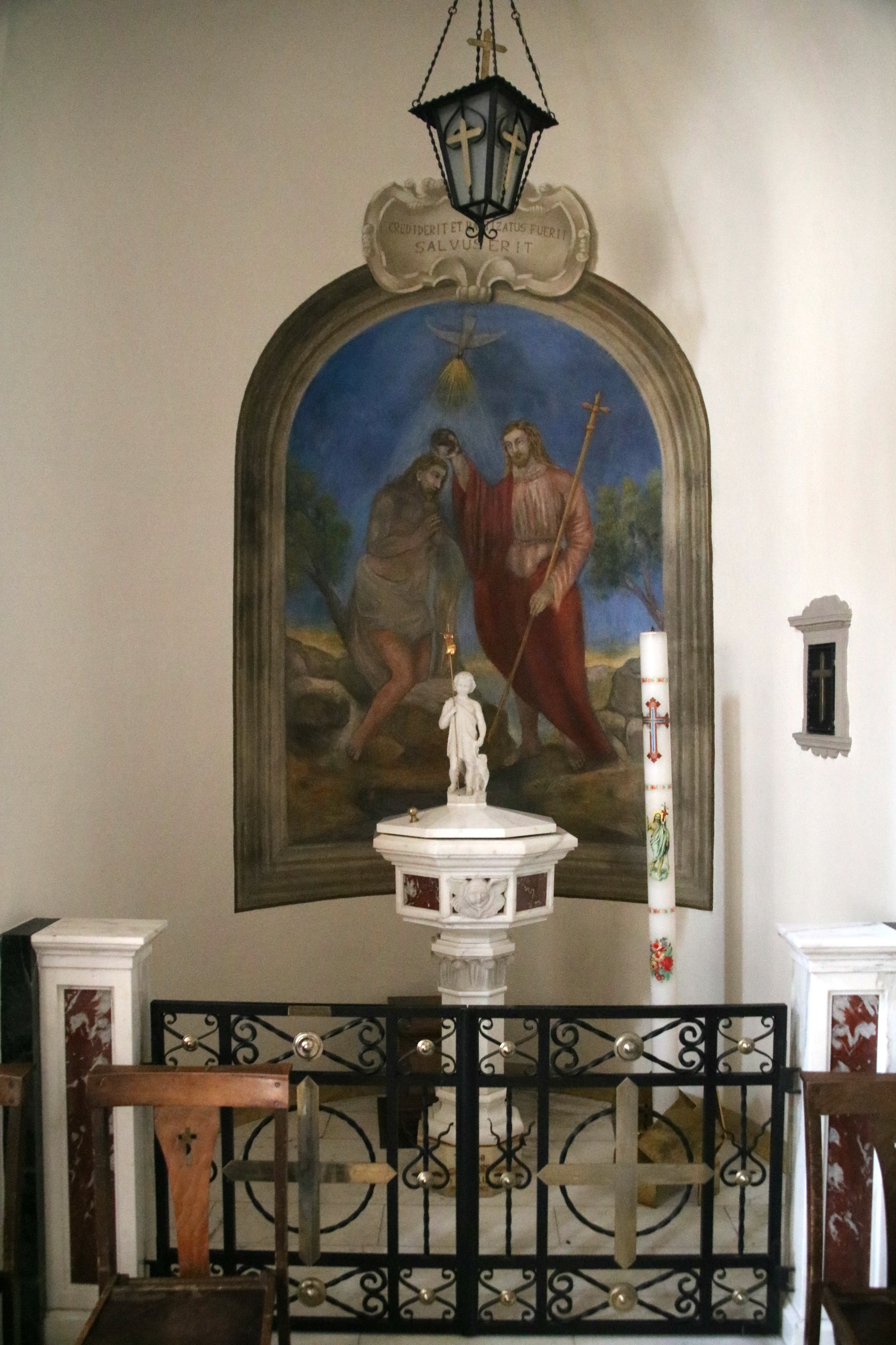
Church of the Company
Da non perdere, la chiesa sotterranea della Compagnia della SS. Annunziata. Istituita dagli abitanti, ha come sede una cripta situata sotto la chiesa di S. Donato.
L’edificio, completamente interrato, probabilmente fu costruito durante i lavori di ampliamento della parrocchiale, nei primi anni del XVIII secolo
La sua importanza si deve alle decorazioni musive che ricoprono sia l’ampia volta a botte della copertura, sia le pareti laterali. Si tratta di un ciclo di affreschi eseguito dal pisano Giovanni Battista Tempesti nel 1739. Nella volta sono raffigurati l’Eterno, la Natività di Cristo e l’Assunzione della Vergine. Agli angoli dell’episodio centrale spiccano le figure, dipinte a monocromo, dei quattro profeti, Isaia, Abacuc, David, Michaea.
Sull’altare, risalente al 1750, le statue dell’Angelo annunciante e della Madonna annunciata, in gesso dipinto a smalto.
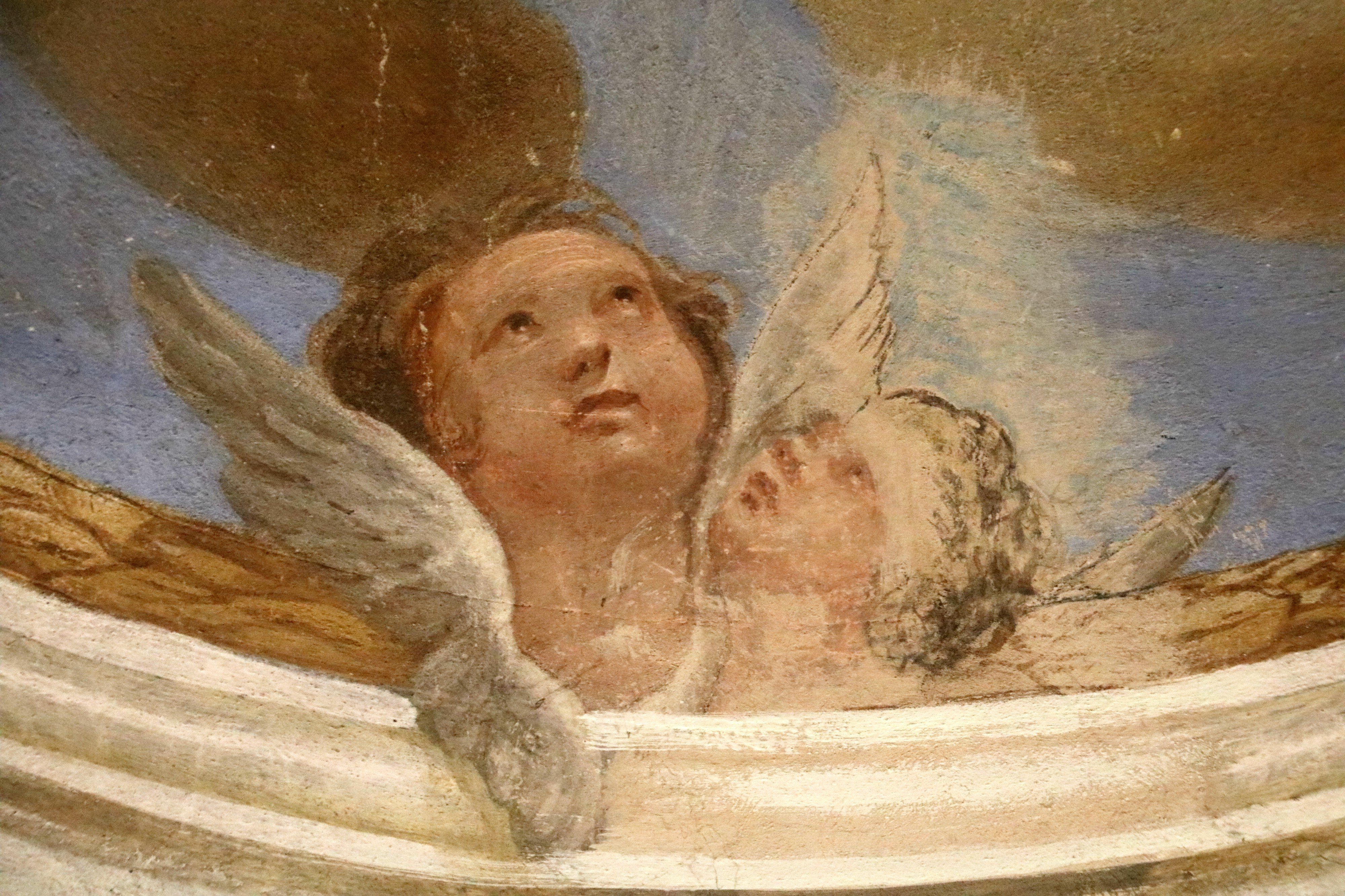
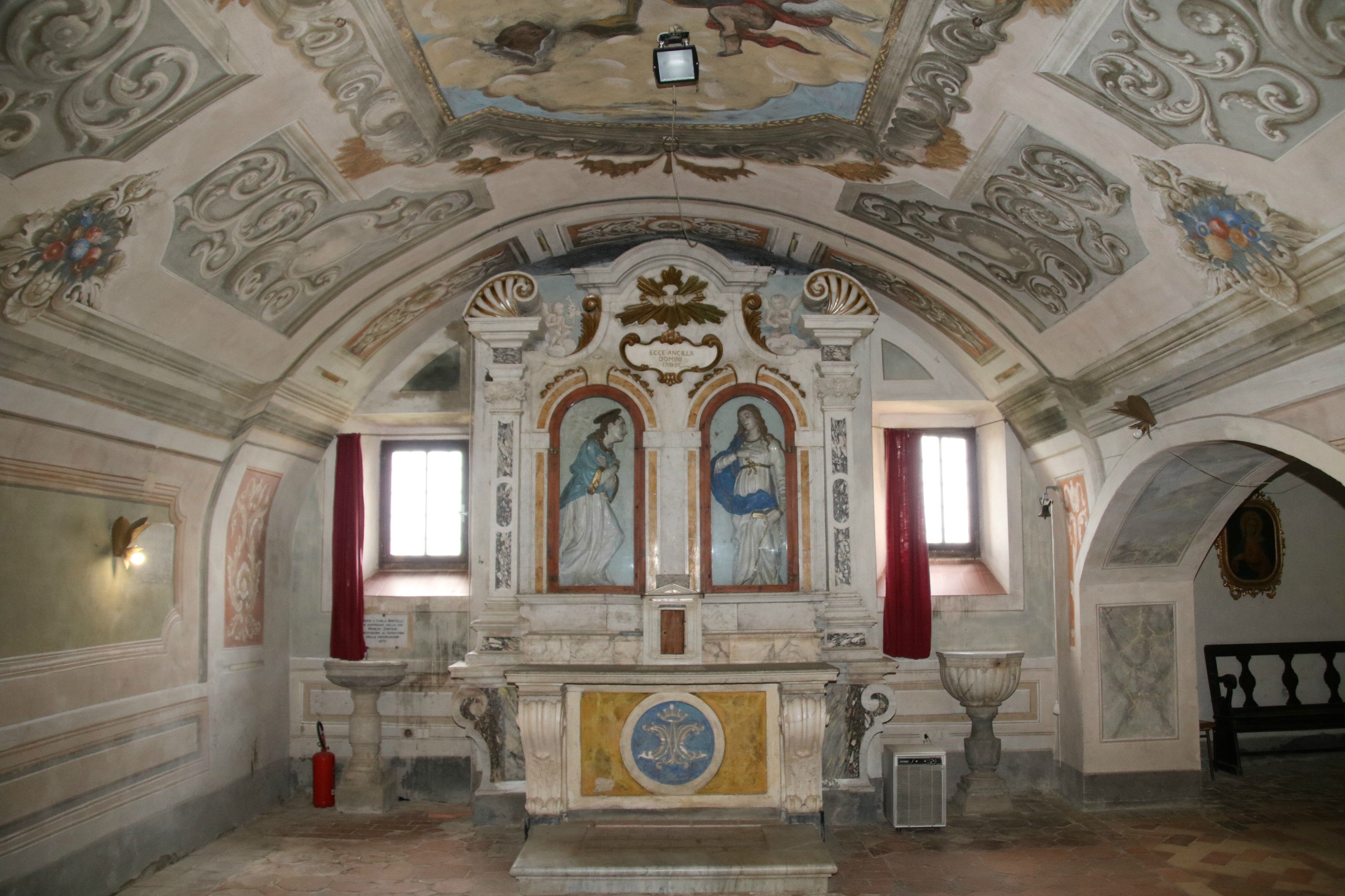
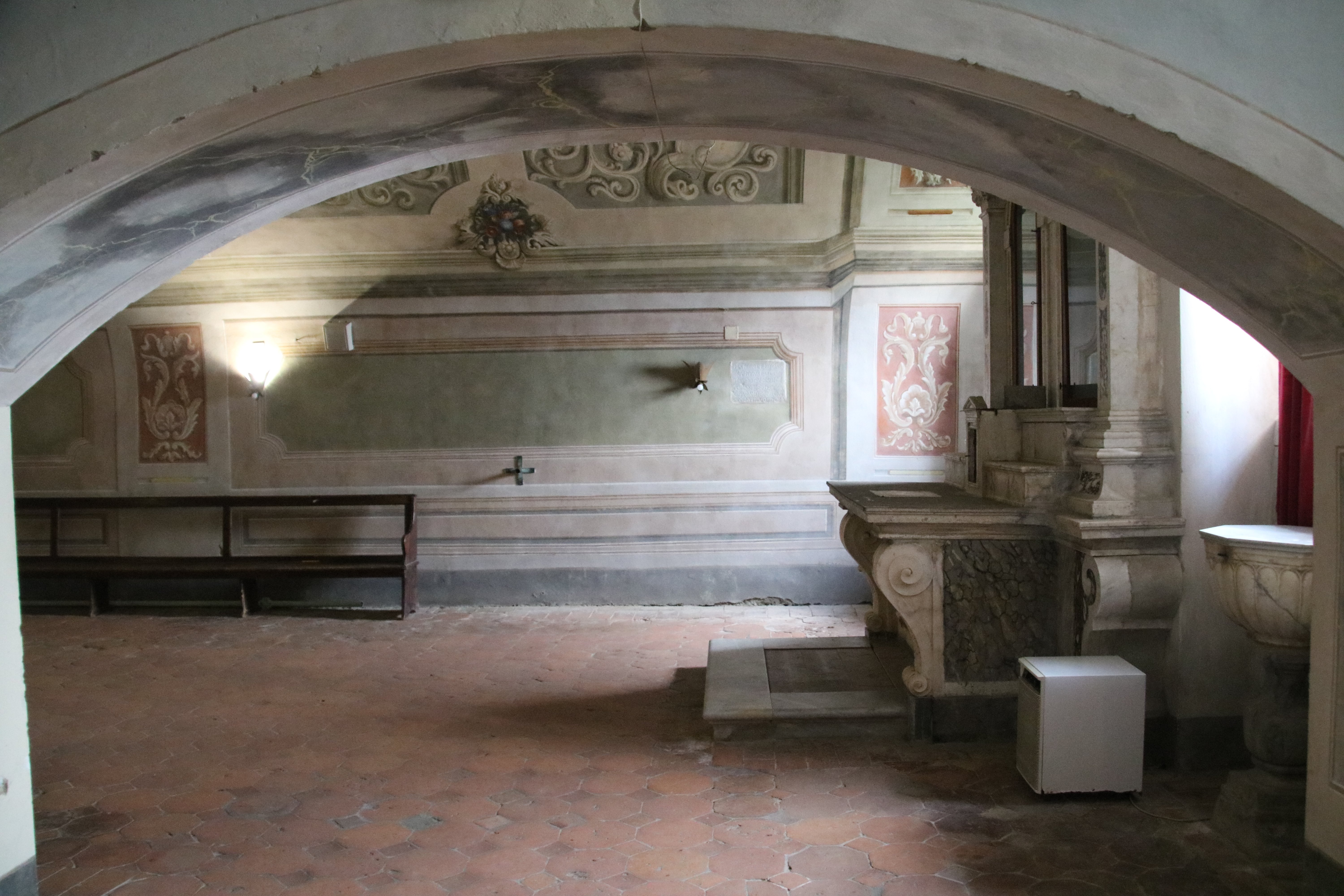
La chiesa viene tutt’ora utilizzata per le attività della parrocchia e per le rappresentazioni teatrali.
Chiesa della Madonna di Rivalto
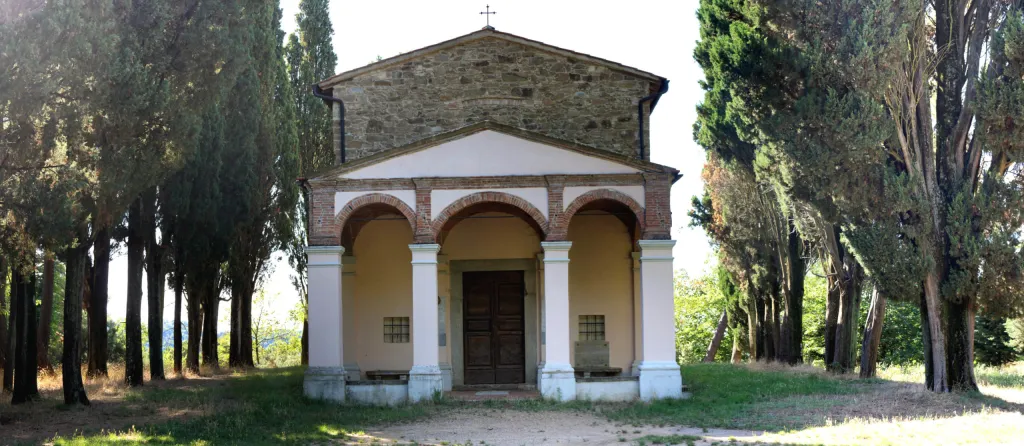
E’ un vero gioiello la chiesetta dedicata a S Maria del Carmelo, situata in una stupenda pineta e raggiungibile con una breve passeggiata dal borgo di Rivalto. Il suo sagrato ospita da sempre scampagnate primaverili e gite fuori porta. L’interno è visitabile solo in rare occasioni, ma vale la visita il punto panoramico di straordinaria bellezza.
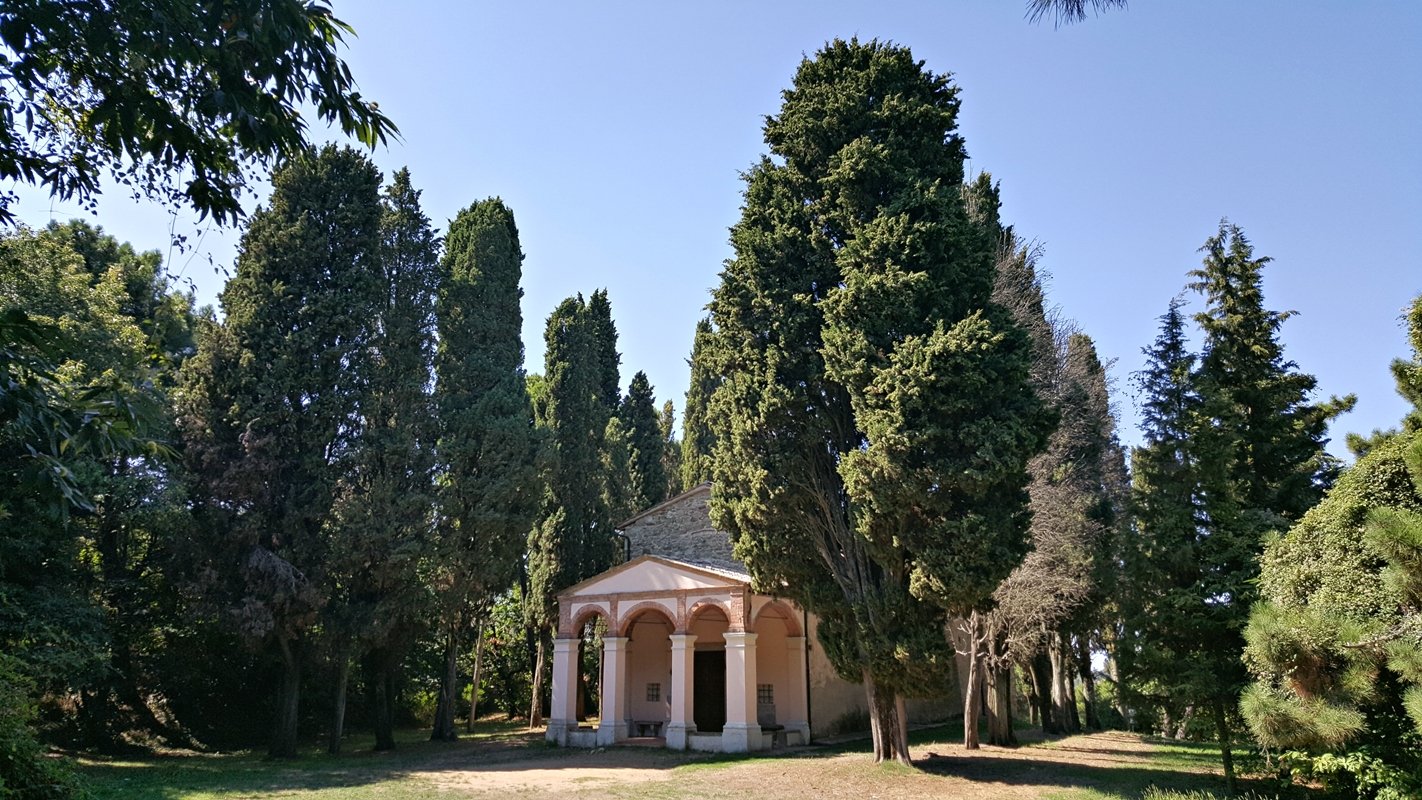
Da qui si può ammirare un fantastico panorama.
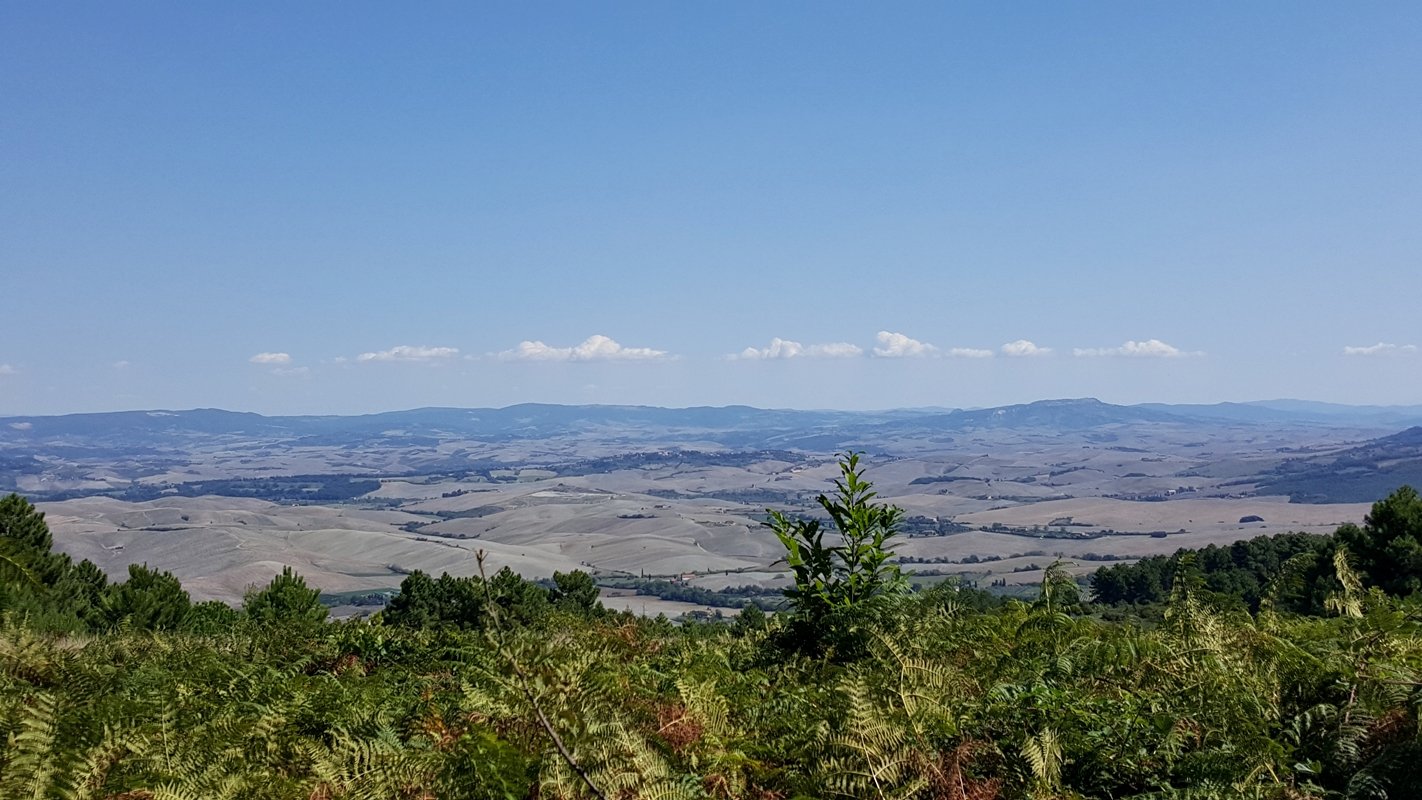
Chiesa della Madonna del Carmine
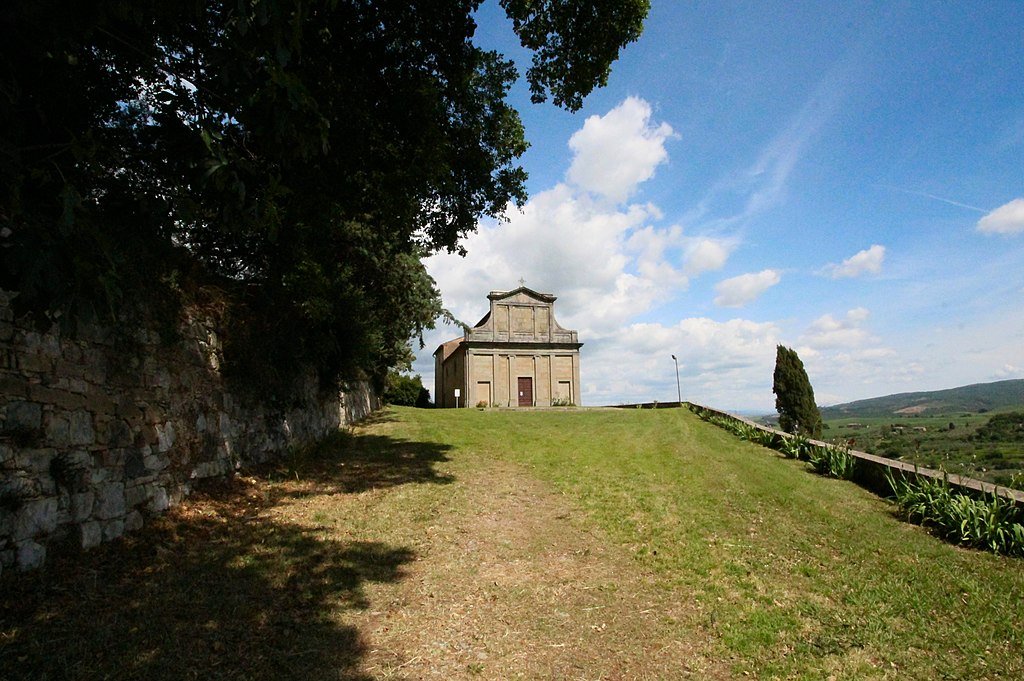
Situata appena fuori dal paese, già nel XIII secolo qui sorgeva una chiesa dedicata a Santa Maria. Nel corso del XVII secolo l’edificio ricevette il titolo di Santa Maria del Carmine ed intorno fu costruito un loggiato che è stato completamente incorporato nel 1929 ampliando l’edificio.
Attualmente la chiesa viene aperta al pubblico solo in occasione di particolari ricorrenze religiose, tra cui la domenica successiva al 16 luglio, in cui si commemora la Madonna del Carmine, il 15 agosto e l’8 settembre.
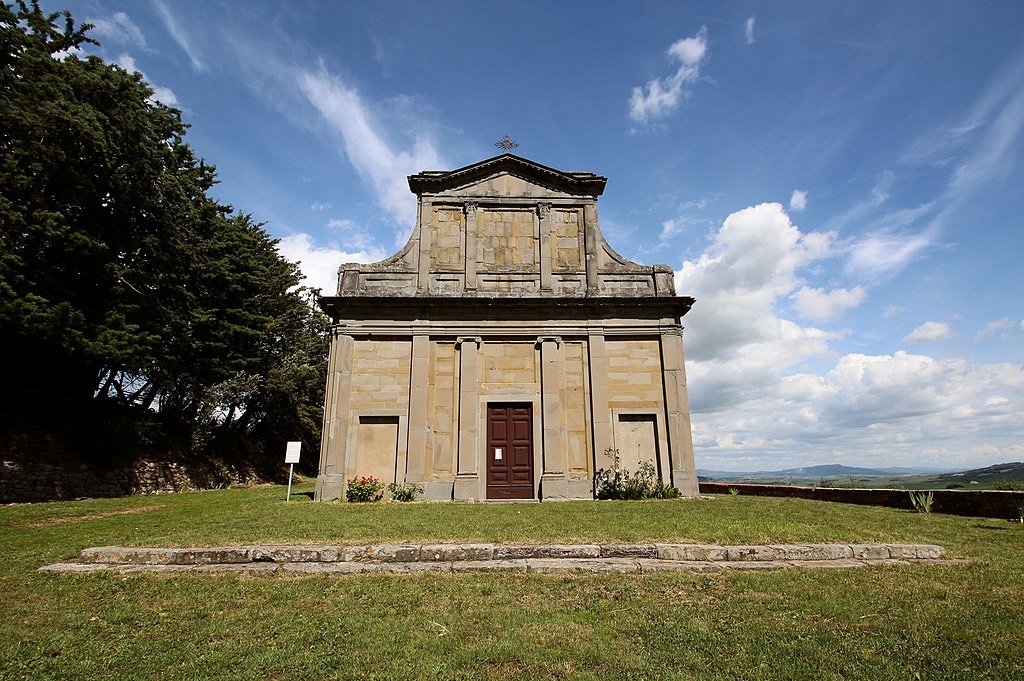
Suggestivi i concerti che si tengono occasionalmente in questa chiesa di campagna, ad opera della Corale di S. Donato di Chianni.
Chiesa dei Santi Fabiano e Sebastiano
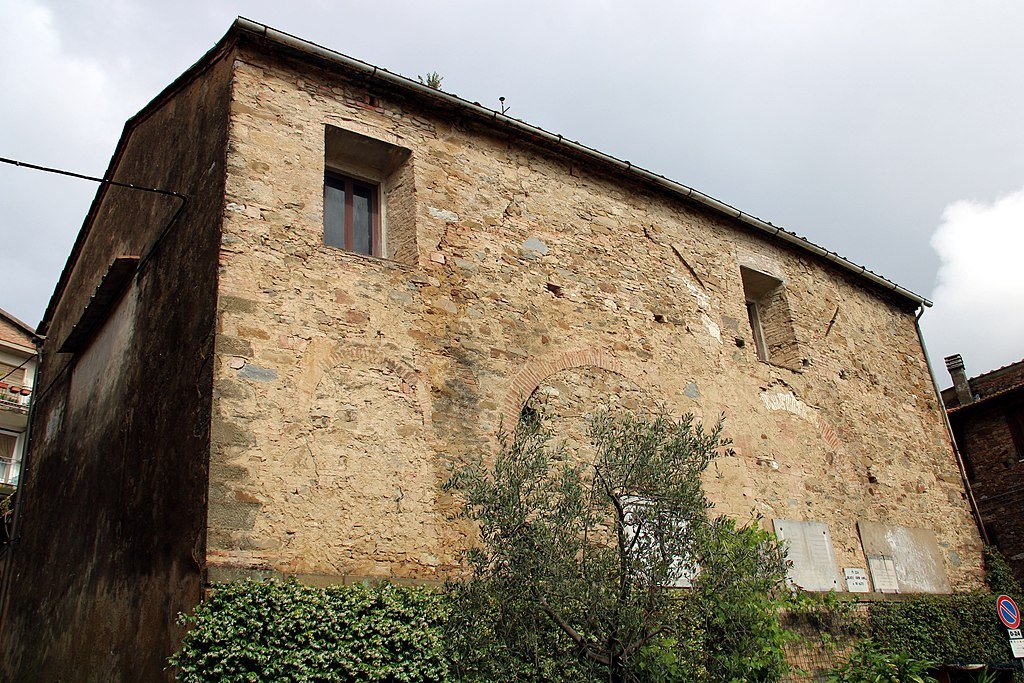
La chiesa dei Santi Fabiano e Sebastiano si trova a Rivalto, una frazione del comune di Chianni.
La chiesa mostra chiaramente i segni di numerosi rifacimenti avvenuti nel corso dei secoli. La facciata conserva lo stemma della nobile famiglia fiorentina Mazzinghi.
In origine era ad unica navata; nel corso del XVII secolo fu aggiunta una navatella laterale, inglobando un chiostro, per ampliare l’edificio. L’interno oggi si presenta spoglio di gran parte dell’arredo originario, di cui rimangono due dipinti raffiguranti i Santi Fabiano e Sebastiano e la Madonna addolorata, del XVII secolo ed una pala d’altare in terracotta dipinta.
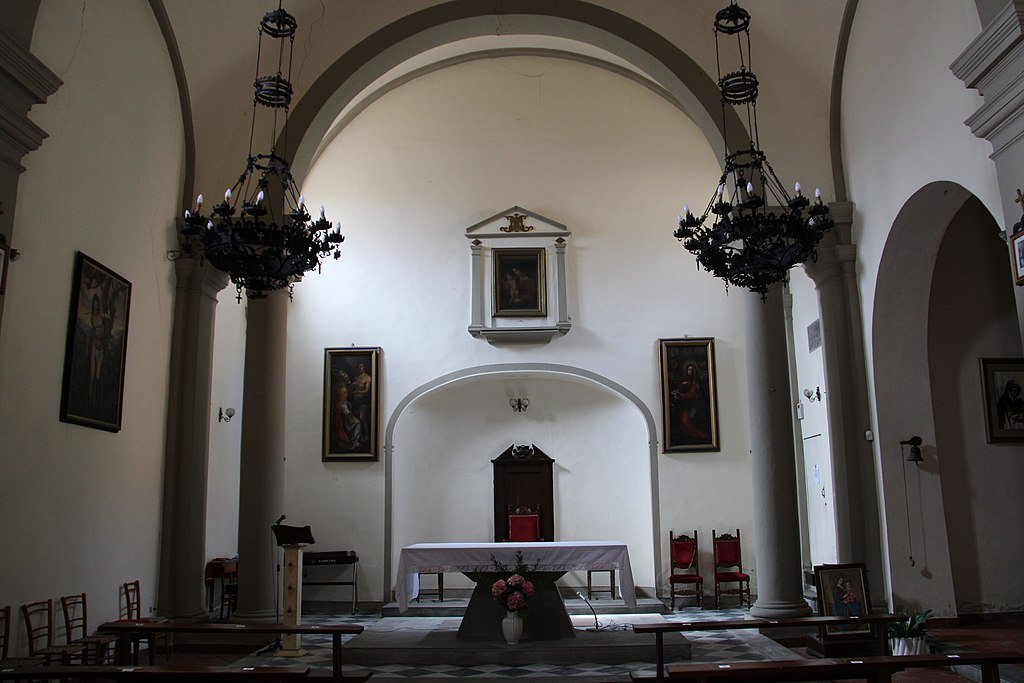
A destra dell’edificio sorge il bel campanile in laterizi, che conserva ancora la bifora originale.
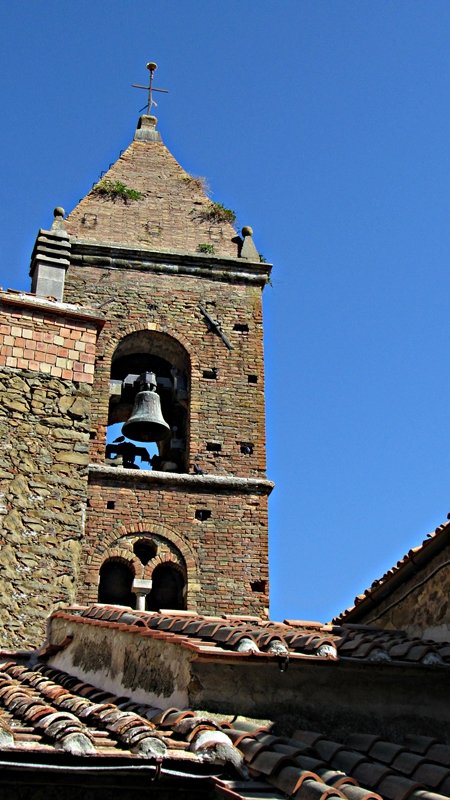
Oratorio della Compagnia della SS Croce
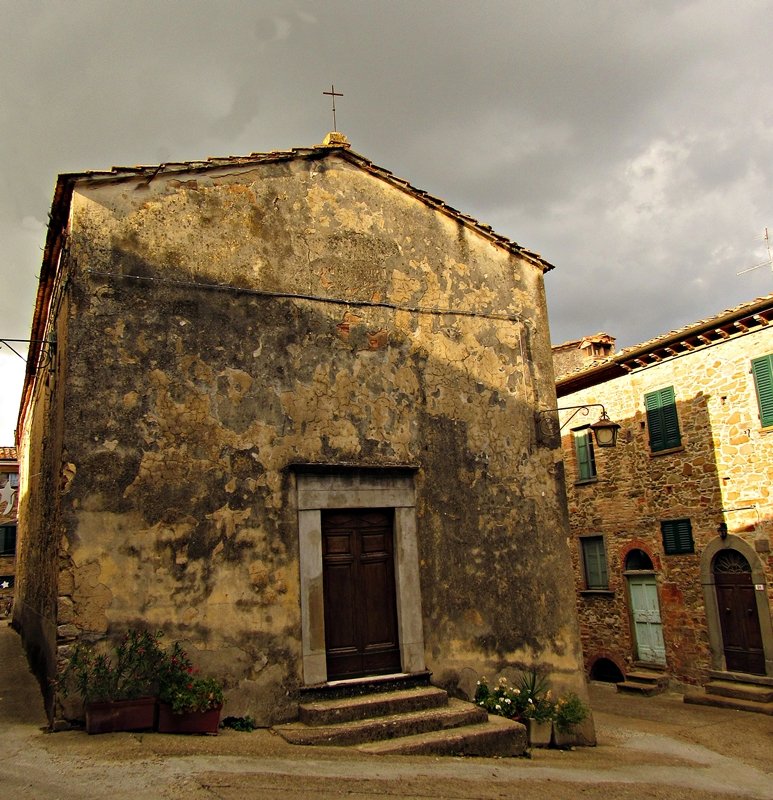
Altra chiesa seicentesca, situata nel piccolo borgo di Rivalto.
The building has a single nave and inside it still maintains its 17th and 18th century appearance, with the brick altar and part of the mosaic decorations in the upper bands of the walls.
On the altar stands a beautiful painting, with Mary in Sorrow and Saint John, from the 17th century, which includes a case in which a venerated crucifix was kept, which was however stolen.
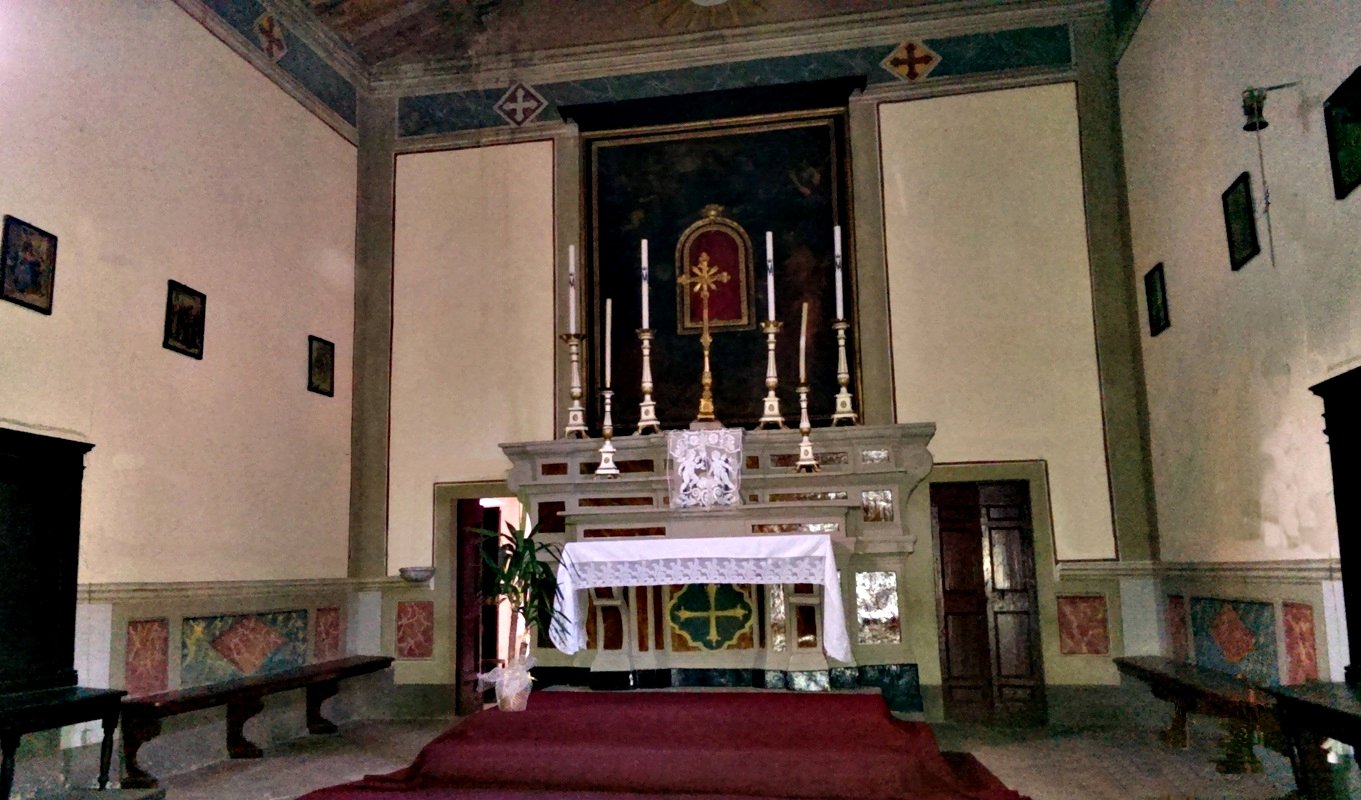
The wooden choir stands on the counter-façade.


